Visiting this small but really enchanting museum, you could wonder how it is possible to have a small fragment of one of the most famous museums in the world, the Prado in Madrid, transported as for magic in Vilanova i la Geltrù. And yet this is exactly what the visitor may think if, entering the museum, he will go straight in the so-called "Sala Prado". However, as this wonderful room is not the only reason of interest, I will follow the institutional order (which is the one I attained to during my visit) in our description.
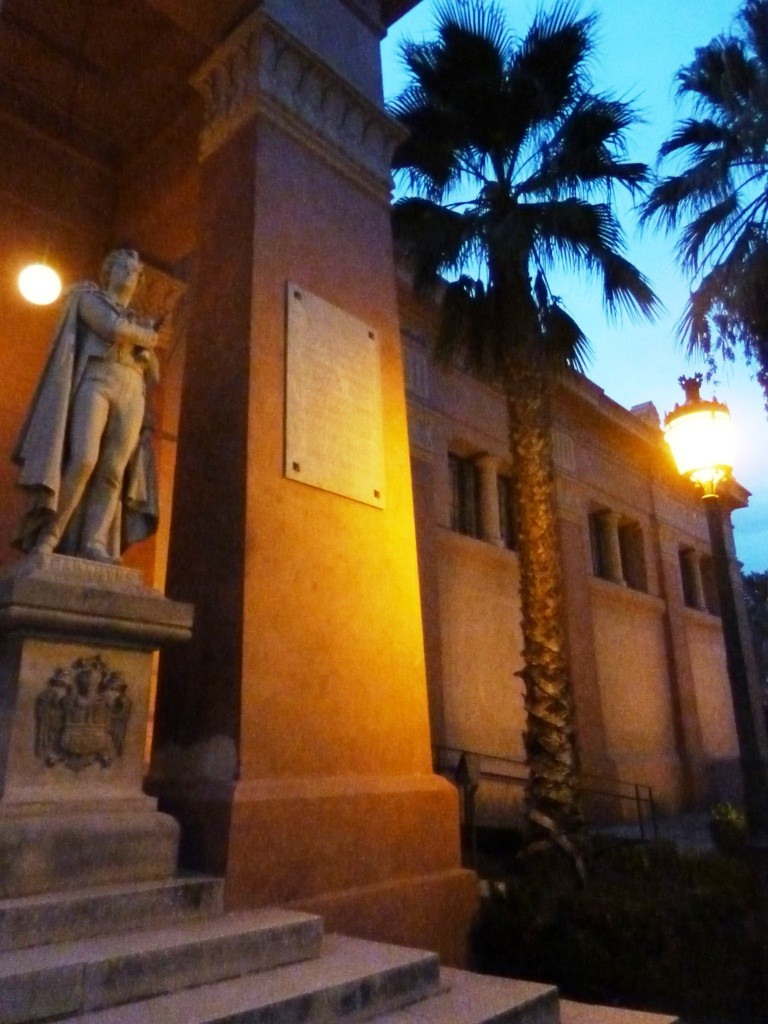
The museum, indeed, offers a vast collection of pictures by Catalan painters, ranging from the 16th century to recent years. It will be an interesting experience to discover the works of artists as Santiago Rusiñol, Ramon Casas and other Catalan painters. They are all found in the ground floor art gallery, together with some sculptures which contribute to make the atmosphere even more special.
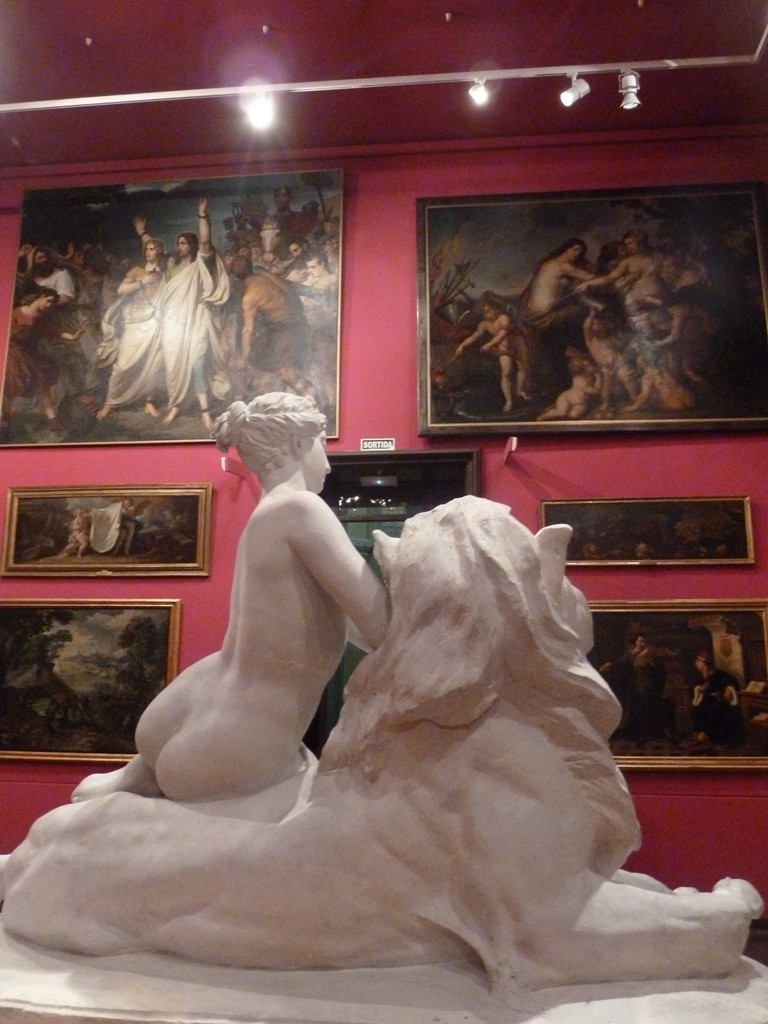
The top painting of this collection is probably the splendid canvas 2 de Mayo by Joaquin Sorolla. Impressive in its extraordinary size (about 4 metres per 6), it depicts the desperate resistance of the Spanish people against the invasion of the Napoleonic troops. Elated by the contemplation of this wonder, the visitor should now be ready to enter the Sala Prado, where he will find more to delight himself with.
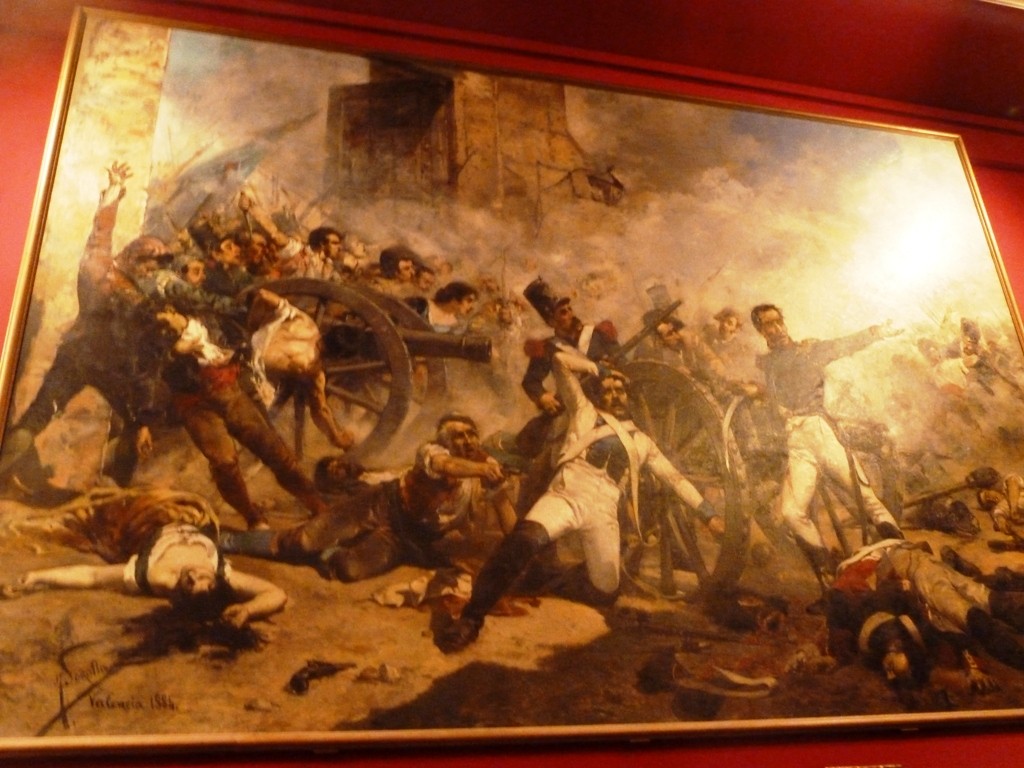
Being neither an expert nor a critic of art at all, I will not venture to describe the wonders which this room contains, leaving to someone else the task to comment upon Van Dick, Rubens, Ribera, Murillo and many others protagonist of the 16th and 17th century art. Let me just say that three paintings struck me particularly and had me engaged for a good while in contemplation. Two of them, La Sagrada Familia con Santa Ana and San Francesco de Asìs are the fruit of the genius of Domenikos Theotokopoulos, better known as El Greco: I found the peculiar characterization of the figures and the original choice of the colours really unique.
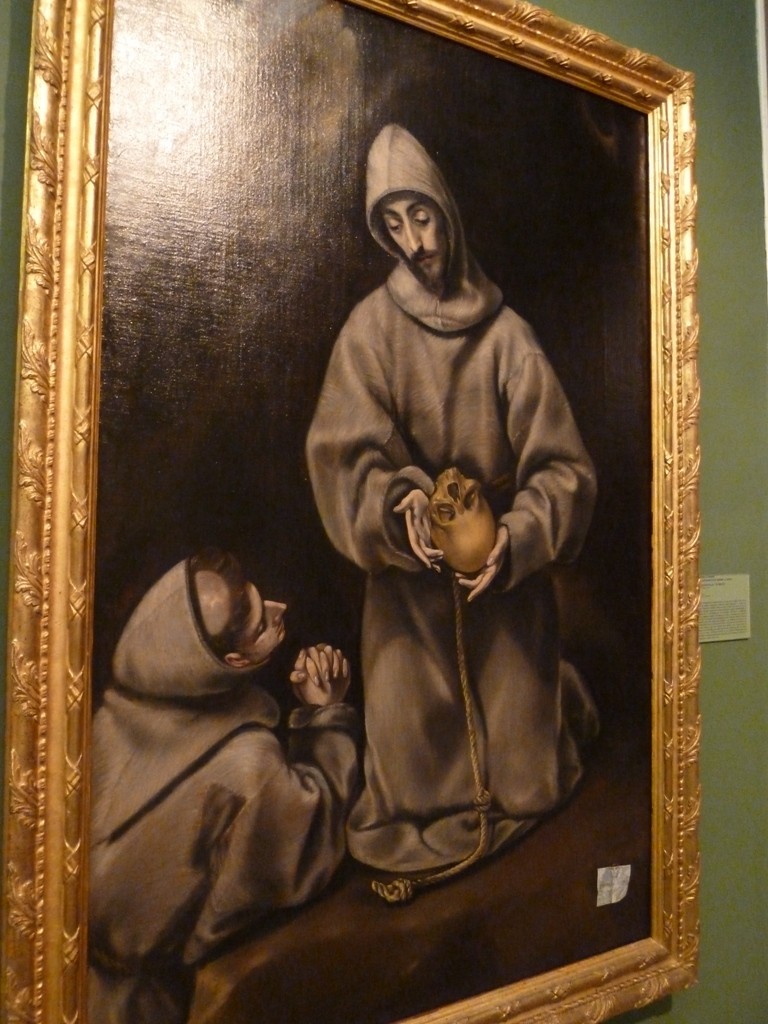
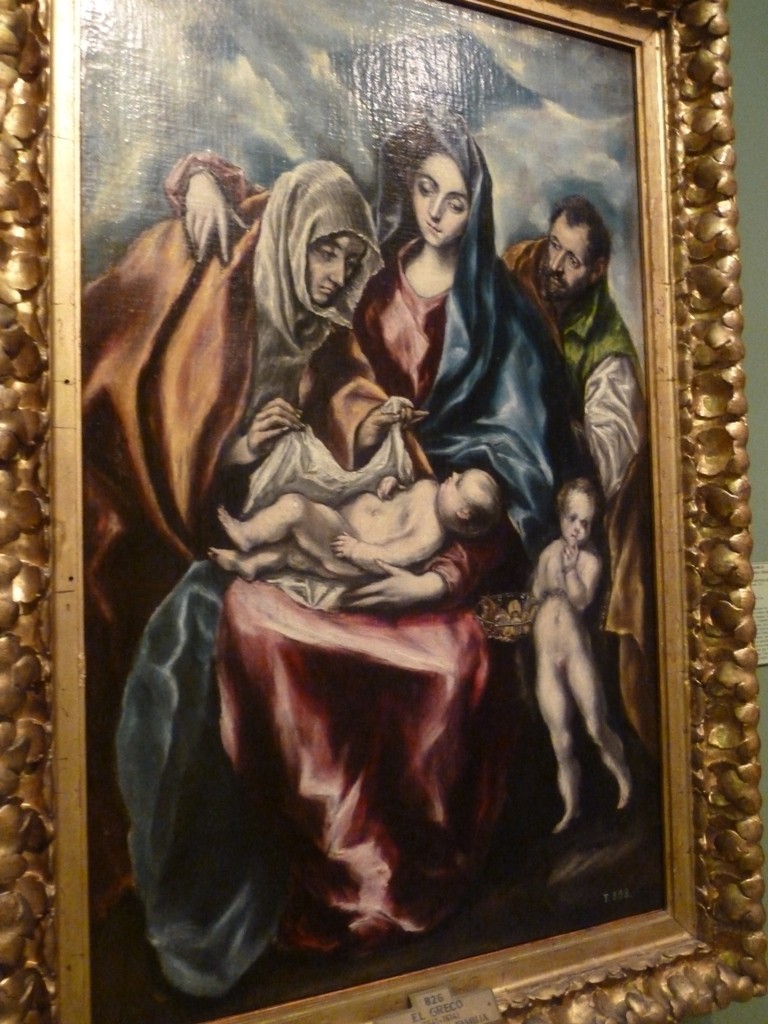
The other canvas I specially appreciated was painted by one of my favourites, Francisco de Goya. Though I am not usually very keen on portraits (and even less on this kind of portraits), I could not help admiring the perfection of the details and the intensity of the colours (especially the black background, so unmistakably typical of Goya) in Carles IV.
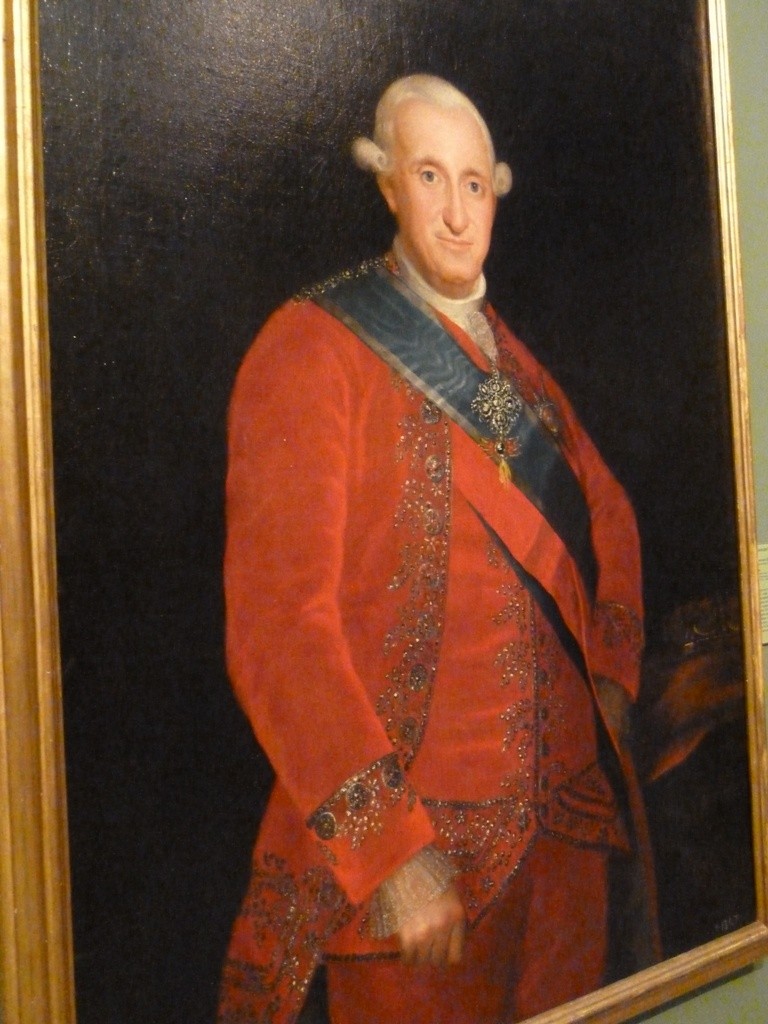
Also the top floor houses some interesting collections, though obviously of a different artistic value. Among them, I found very interesting the works of the 19th and 20th century Catalan painters, especially the ones who dwelled in Vilanova i la Geltrù (like Alexandre de Cabanyes and Joaquin Mir, whose paintings El Veler and Les Comparses de Vilanova are reproduced in the pictures below). Their paintings, indeed, offer precious insights into the original customs, traditions and scenery of the city and its inhabitants.
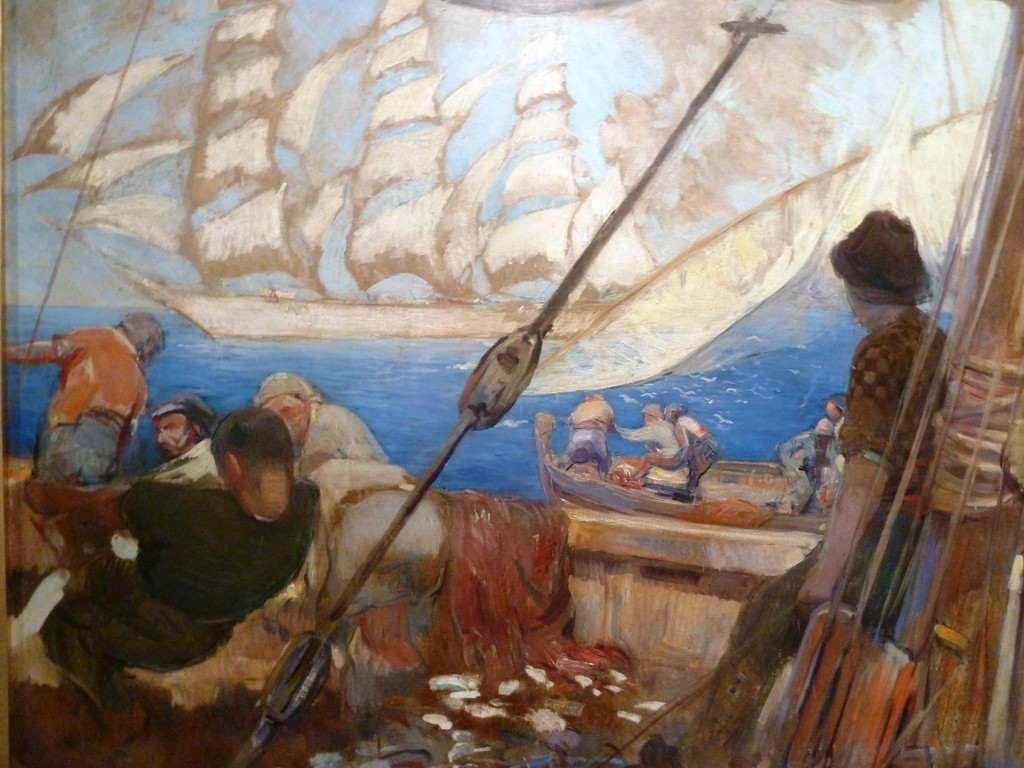

However, the museum is not only an art gallery, as it also houses some ethnographic collections from various countries, among which China, Japan Philippines and Egypt. I must confess I did not pay too much attention to these collection, absorbed as I was in the contemplation of the art gallery. Anyway, the Egyptian Room contains one piece that even the most distract visitor will not fail to notice, namely the mummy of a child. Thanks to the peculiar condition in which it has been kept (and it is kept right now), it has been possible to preserve it almost unspoilt, allowing us therefore to admire a real Egyptian mummy.
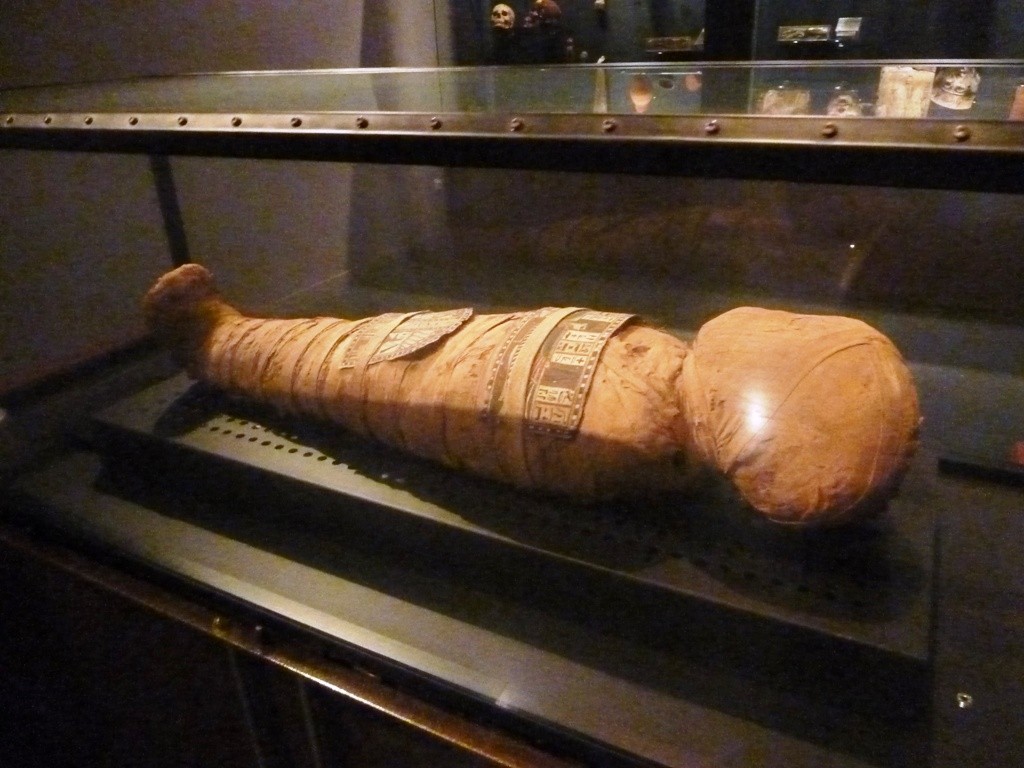
In a nutshell, the museum, created in 1884 by Victor Balaguer, former Minister of the Spanish government and one of the most eminent citizens of Vilanova i la Geltrù, is really worth visiting. It will be a precious experience that will take you just an hour of your time at a very limited cost (the entrance fee is just 3 euros, but it is free on Thursday afternoon and on the first Sunday of every month).
